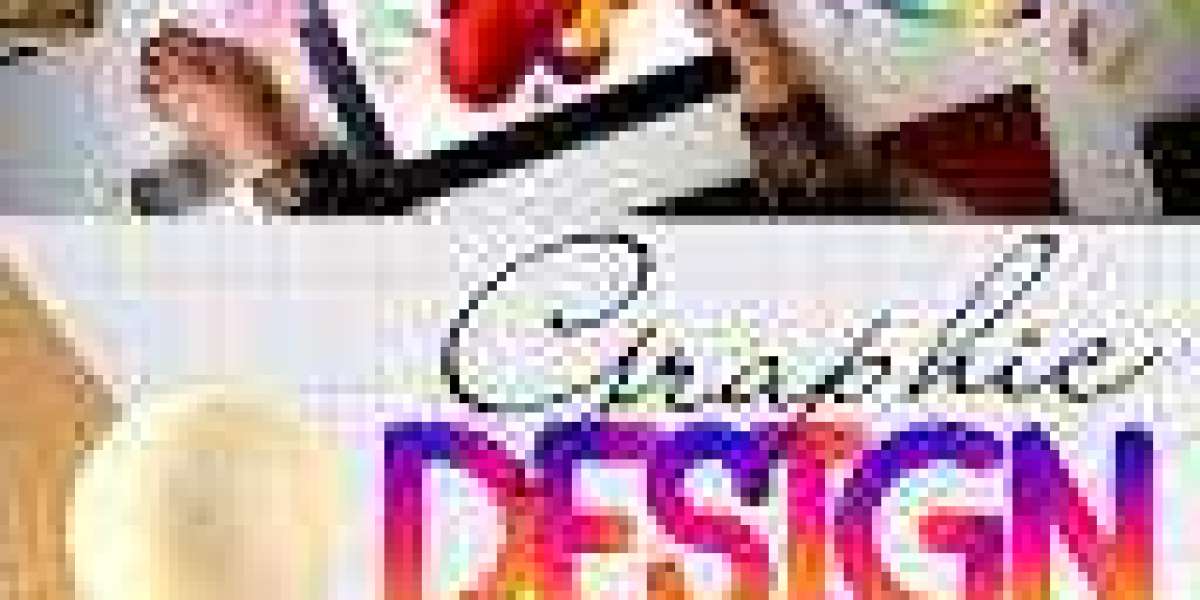Grapic design:-
Graphic design conveys ideas or messages using visual and textual elements such as typography, photography, iconography and illustration, all of which influence our perception. It is usually commonly used for projects, opportunities, missions or items and is expected to help the creator connect with their objective buyer through these visual and printed prompts.
Common instances of visual communication that you may see on a regular basis include:
- Presentation of materials such as flyers, brochures and banners
- Grouping items and tags
- Site designs
- Infographics
- Advertising on the web and virtual entertainment
- Shirt and outfit plans
- Magazines, newspapers and inventories
Visual computerization can be separated to serve two significant capabilities:
creating style that expands ease of use, and creating visuals that shape client feelings.
Visual communication creates a feeling that makes it easier to use
By all accounts, visual communication is associated with drawing in an interest group using visual elements such as illustration, variety and typography, be that as it may, art should also think of one imperative component: the client's experience.
Visual computerization creates visuals that shape the feelings of clients:
Visual computerization also has strong ties to the close-to-home plan, as creators should consider the viewer's feelings, assumptions, and beliefs when creating visuals. This is where color theory comes into play, as the chosen color scheme will not only affect the viewer's emotional response to the design, but will also convey certain messages.
Basic standards of visual display:
Since it is undeniably obvious what a visual representation is, it is important to become familiar with the components and rules that make up the plan, as these serve the essential field work.
The following are the graphic design parts:
Color Size Shape Line Form Texture Space These components can be used together or in opposition to each other to create visually appealing and highly effective designs.
- Contrast
- Balance
- Musicality
- Emphasis
- Development
- Range
Think of them as a set of rules that help the creator achieve the ideal synthesis in a piece.
Types of visual communication
As you've probably recognized by this point, visual communication is very broad. Despite the fact that it contains a lot of common principles or rules, the business consists of several specializations, each of which focuses on an alternative kind of visual display.
How about we take a closer look at the different types of visual computing.
Visual figure of visual communication
Brand character is an assortment of components that a business uses to portray its ideal image to the buyer, including:
- logo
- variety range
- typography
- other visual components
Promotion and promotion of visual display
Visual display helps associations move and convey their image, items and administrations in a more successful visual way. Promotion and promotion of visual computerization includes:
- magazine ads
- vehicle packaging
- flyers
- flyers
- bulletins
- web flags
online entertainment promotion
postcard
exhibition shows
UI visual communication
User interface refers to the things intended for an individual to interact with a gadget or application, including a console, screen, or mouse. So when we refer to visual computerization of the user interface, it includes the client's visual engagement with the connection point and its layout, such as buttons, menus, and that's just the beginning. The aesthetic appearance of the user interface is as important as its technical functionality, making it pleasant and simple to use.
Examples of visual computerization of the user interface include:
- Site plan
- Workspace Application Plan
- Game connecting points
- Portable application plan
For example, a subject plan for WordPress, Shopify, Squarespace and so on.
Visual representation of the distribution
Distributive visual display is the use of visual computer components and standards for long images that are freely mediated to speak to a crowd of people. Models include:
books
Magazines
Documents
Stocks
Bulletins
News
Catalogues
Association of Visual Computing
The association of visual computerization is based on the belief that every defensive packaging for an item can be a chance to delight customers and retell the brand's story. There are options for:
Material
Structure
Surface
Illustration
Colors
Text styles
It plans to provide shoppers with a sexy encounter and draw them in through sight, touch, sound, smell and taste depending on the item. In addition, a great bundle configuration should be able to pass answers to companion queries, all within the view.
Visual representation of movement
As the term suggests, motion illustrations simply refer to designs that move (or move). This can include activity, typography, video, representations and other design components used in web media, television and film. Common models include:
Verse recordings
Title arrangement and end credits
Vivid logos
Computer games
GIFs
Recordings of instructional exercises
Flags
Natural visual display
Natural visual representation is a broad area of plan that combines realistic, technical, interior, scenic and modern plan. Its basic aim is to work on the encounters of individuals in their current situation by making them more critical, more captivating, more supportive or easier to explore.
Models include:
Wall paintings
Marking
Inside retail locations, casual spaces, workplaces and so on.
Presentation of the historical center
Route for public cars
Intuitive showcases
Logo plan
Your logo is what isolates your business from its competitors and is the main source of the plan you have to deal with your image. It is generally expected that the main thing that the objective client will find suitable for your organization and subsequently be able to create an incredible initial feeling and convince them to work with you
Web architecture
The point of your image page should be to attract, attract and convert guests, and that is simply absurd without the obvious signals and tastefully satisfying connection of data that visual computing makes possible. Visual computerization components and standards allow us to improve the client's view, all while efficiently moving from point A to point B on your website through navigational instructions, clear information, and masterfully executed phone calls to activity.
It offers insurance
Materials created to support the business cycle, such as item inventories or brochures, also rely heavily on visual displays to enhance a company's image and awareness. They consolidate visual components such as satisfying typography, appropriate symbolism and strong arrangements to guarantee that the brand's points, voice and message are not lost on the page.
Promotion of insurance
Basically, with your promotion and business insurance, your showcase security depends heavily on visual computerization to capture attention, increase memorability, and attract business. Keep in mind that great promotional plans lead to increased validity, and great credibility will compel your clients to entrust you with their needs and wants, thus expanding transformations. By creating a brand style guide, you can also ensure that the security of your presentation remains strong and consistent with your image.
Social Media You can connect your online presence with both digital and physical branding by using custom branded images across all your social media platforms to further establish consistency. Additionally, it promotes the credibility and gravitas of your brands voice and invites buyers to follow and interact with your image through online entertainment.
Association plan
A well-known proverb says: "we eat with our eyes", but did you have any idea that as humans we also shop with our eyes? To this end, it is important that your grouping of items includes components and standards of visual communication, as you need to make a lasting impression as well as capture the attention of your interest group. An impeccably planned grouping adheres to the designation of the organization and determines the visual order. It is also planned with your main priority being the ideal style, taste, needs and wants of your client.
Visual originator
A visual designer creates and assembles visual components, such as images and typography, to create a piece of design, either by hand or using computer programming. Their primary goal is to move, illuminate, and attract customers through the use of plan components and standards, two of which we've already outlined in this tool.








